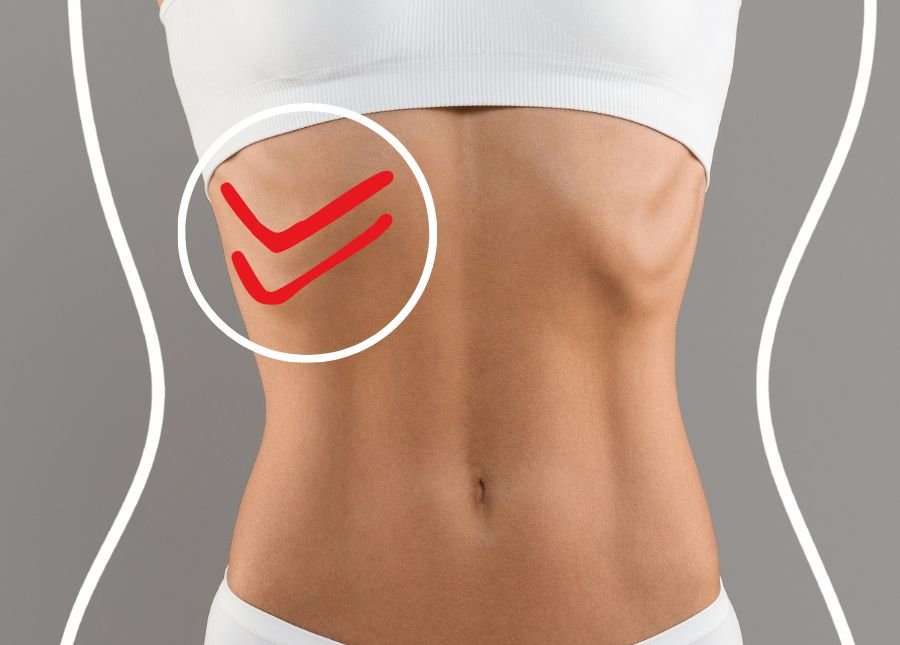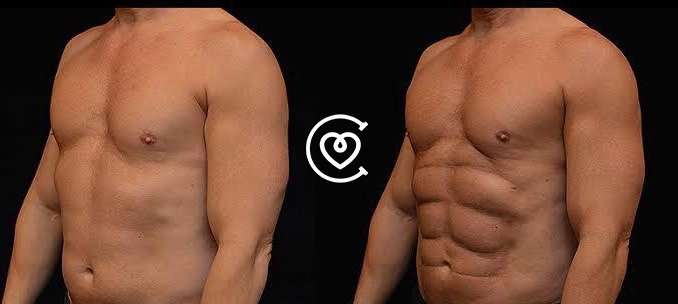Rib Removal for Waist Reduction is a surgical procedure aimed at achieving a slimmer
waistline by modifying or removing certain ribs. This procedure has gained popularity in
recent years due to its significant impact on body aesthetics.
Introduction
The importance of waist circumference in body aesthetics cannot be undermined. A well-defined waistline often enhances one’s body shape and overall appearance. for Waist
Reduction surgery.
Understanding Your Body and Goals
Before having any waist reduction surgery, it’s important to understand your body and set
realistic goals. Body types, such as endomorph, mesomorph, and ectomorph, influence how
fat is distributed and waist circumference size.
- Endomorphs typically have a rounder body
shape with a higher fat storage tendency, while - mesomorphs tend to have a more muscular
build, and - ectomorphs are naturally leaner or slimmer. Understanding your body type can
guide you towards strategies that work best for your unique physique. At Cayra Clinic, your
body shape is taken into account by the surgeon to ensure the best results based on your
current circumstances.
When defining your goals, make sure to verify your desires between fat reduction and waist
sculpting. It is generally best to aim for overall health alongside aesthetics. Identify specific
areas of concern, like love handles or abdominal pooch. Setting clear and achievable goals,
such as aiming for a healthier body fat percentage and focusing on toning your core muscles,
keeps you motivated and ensures a more sustainable approach than aiming for an unrealistic
waist size.
Preparation for Surgery
The journey towards a slimmer waistline begins with an initial liposuction to treat the
superficial fat layer (just below the skin between the skin). This step is crucial as it prepares
the body for the rib removal surgery. There are variations in the initial liposuction process,
and the approach is based on the individual’s body type. The surgeon will evaluate the
patient’s health status, discuss the desired outcome, and explain the procedure in detail.

Surgery Process
The surgery process starts with a series of blood tests to ensure the patient is in good health
for the procedure. Once cleared, the patient is prepared for surgery and anesthesia is
administered. The anesthesiologist will monitor the patient’s vital signs throughout the
procedure to ensure their safety.
There are different types of rib removal surgeries, each with its unique process. The
traditional approach, known as Type I, involves the removal of the 12th rib. This procedure is
performed under general anaesthesia and involves making an incision in the back, near the
spine, to access the rib.
The Type II technique, on the other hand, involves the modification of the 11th and 12th ribs.
These ribs play a significant role in defining the waistline. The surgeon makes an incision
along the side of the body, removes a portion of the ribs, and then sutures the area closed.
Modifying the outer segments of these ribs can lead to a dramatic transformation in the
waistline. However, this procedure is more complex and requires a skilled surgeon with
experience in rib removal surgeries.
The overall procedure time can be completed in 3-6 hours depending on the complexity of
the surgery.
Recovery
The recovery process following Rib Removal for Waist Reduction is just as important as the
surgery itself. Immediately after the surgery, patients may experience discomfort and
swelling in the surgical area. Pain medication and anti-inflammatory medications are
prescribed to manage these symptoms.
The first few weeks post-surgery are crucial for recovery. During this time, patients are
advised to rest and avoid strenuous activities. Regular follow-up appointments are scheduled
to monitor the healing process.
By the sixth week, most of the swelling will have subsided, and the waistline will begin to
take on its new shape. By the third month, patients can expect to see a significant reduction
in their waist circumference. It’s important to note that the final result may take up to a year
to fully reveal as the body continues to heal and adjust.
Maintaining Your Results
Following any waist reduction approach, long-term success requires commitment. Maintain a
healthy diet and regular exercise routine to prevent weight regain and sustain a slimmer
waistline. Focus on a balanced diet that includes plenty of fruits, vegetables, and whole
grains. Aim for at least 30 minutes of moderate-intensity exercise most days of the week.
Make sustainable lifestyle changes for overall well-being. Prioritize good sleep, manage
stress effectively, and stay hydrated – all of which contribute to weight management and
overall health. Getting enough sleep (around 7-8 hours per night) can help regulate hormones
that influence appetite and metabolism. Finding healthy ways to manage stress can also help
prevent emotional eating.
Costs of Surgery
The cost of Rib Removal for Waist Reduction varies depending on the location. In Turkey,
the cost of the procedure is a lot cheaper than in other EU countries. The main reasons for
affordable prices in Turkey include a lower economy, lower wages for doctors, cheaper living
costs, and locally manufactured medication, materials, and medical equipment.
In contrast, the total cost of the procedure in the USA & EU is around $8500– $11 000. The cost
depends on various factors such as the anaesthetic fee, private hospital fee, private operating
facility fee, and the extent of surgery required.
Risks and Side Effects
Like any surgical procedure, Rib Removal for Waist Reduction comes with potential risks.
These may include infection, bleeding, and adverse reactions to anaesthesia. There may also
be side effects such as temporary numbness and changes in body sensation. It’s important to
discuss these risks and side effects with your healthcare provider before making a decision.
Conclusion
Rib Removal for Waist Reduction is a transformative procedure that requires careful
consideration and understanding. This article provides a comprehensive guide about the
surgery, its process, and recovery. It’s always important to consult with a healthcare
professional before making any decisions about medical procedures.
Please note that this article is intended to be a guide and should not replace professional
medical advice. Always consult with a healthcare professional before making any decisions
about medical procedures. The article will be reviewed by a medical professional before
publishing to ensure accuracy and reliability of the information provided.


